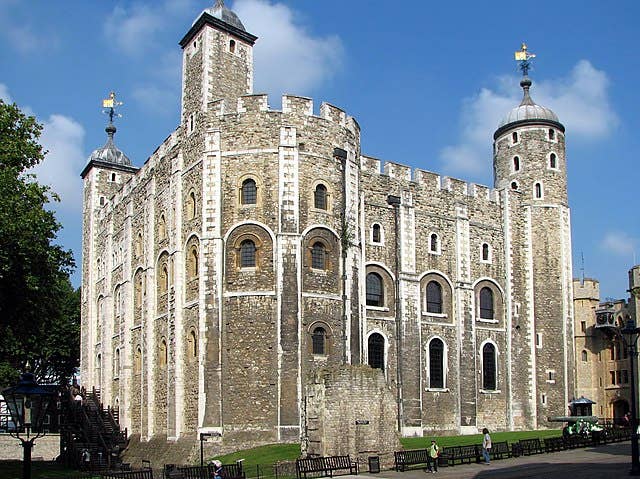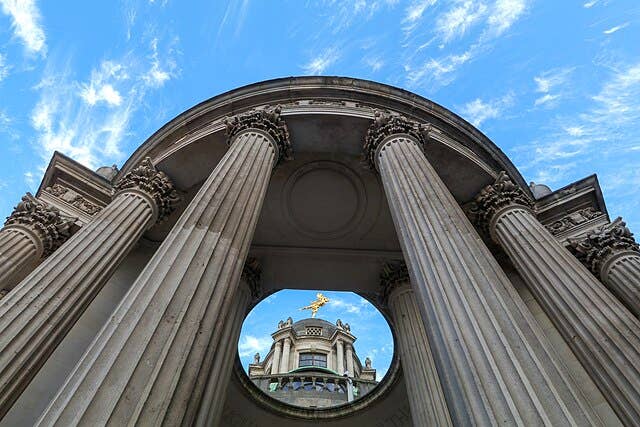Treasures of Time: The Fascinating Coin Exhibit at St Fagans National Museum of History
From ancient Roman coins to modern-day currency, St Fagans Museum’s coin exhibit offers an intriguing journey through the evolution of money in Wales.
St Fagans National Museum of History, located near Cardiff, Wales, is a premier open-air museum that showcases Welsh life through the ages. Opened in 1948, it features over 40 re-erected historic buildings from various locations across Wales, including farmhouses, a school, a chapel, and a workmen's institute. The museum showcases the daily life, culture, and traditions of the Welsh people from different historical periods through its extensive collection of artifacts, interactive exhibits, and live demonstrations of traditional crafts and activities. Nestled within the grounds of the magnificent St Fagans Castle and gardens, the museum offers a unique, immersive experience that connects visitors with Wales' rich cultural legacy.
It features a fascinating coin collection that offers a comprehensive overview of Welsh monetary history. The collection features coins from different periods, reflecting the economic and cultural changes in Wales over the centuries. Visitors can explore coins ranging from ancient Celtic currency to medieval coinage, as well as contemporary issues. The meticulously curated exhibit offers a unique glimpse into the economic and cultural history of Wales, tracing the evolution of currency from ancient times to the modern era. The coins provide valuable insights into the trade practices, economic conditions, and artistic expressions of different historical periods.
The coin collection at St Fagans is notable for its scope and diversity. It includes coins from the Roman occupation of Britain, highlighting the extensive trade networks and the influence of Roman culture on the region. Roman coins, with their detailed imagery and inscriptions, reveal much about the political and economic landscape of the time. Additionally, the collection features coins from the medieval period, a time when Welsh lords and princes issued their own currency, reflecting their power and influence.
One of the highlights of the collection is the assortment of coins from the Tudor and Stuart periods. These coins are significant not only for their historical value but also for their artistic merit. Their intricate designs and high-quality craftsmanship provide a window into the technological advancements of the time. They also reflect the changing political landscape, as the designs often include portraits of monarchs and symbols of their reigns.
In addition to historical coins, St Fagans' collection includes examples of contemporary currency, illustrating the continued evolution of money in Wales. These modern coins highlight the technological advancements in coin production and the changing designs that reflect contemporary Welsh identity. This aspect of the collection underscores the ongoing relationship between currency and national identity, showing how coins continue to serve as both economic tools and cultural artifacts.
The collection at St Fagans National Museum of History is a rich resource for understanding Welsh history and culture. It provides a tangible connection to the past, offering insights into the economic conditions, political changes, and artistic developments that have shaped Wales over the centuries. For visitors, the collection not only educates but also inspires a deeper appreciation of the region's heritage.
If you'd like to explore the St. Fagans National Museum of History with us, guided by the Numismatic curator, we are heading there as part of our NumisTravel Tour of London and Wales from September 25 through October 2, 2024. Learn more about the tour and register here.
You may also like:









